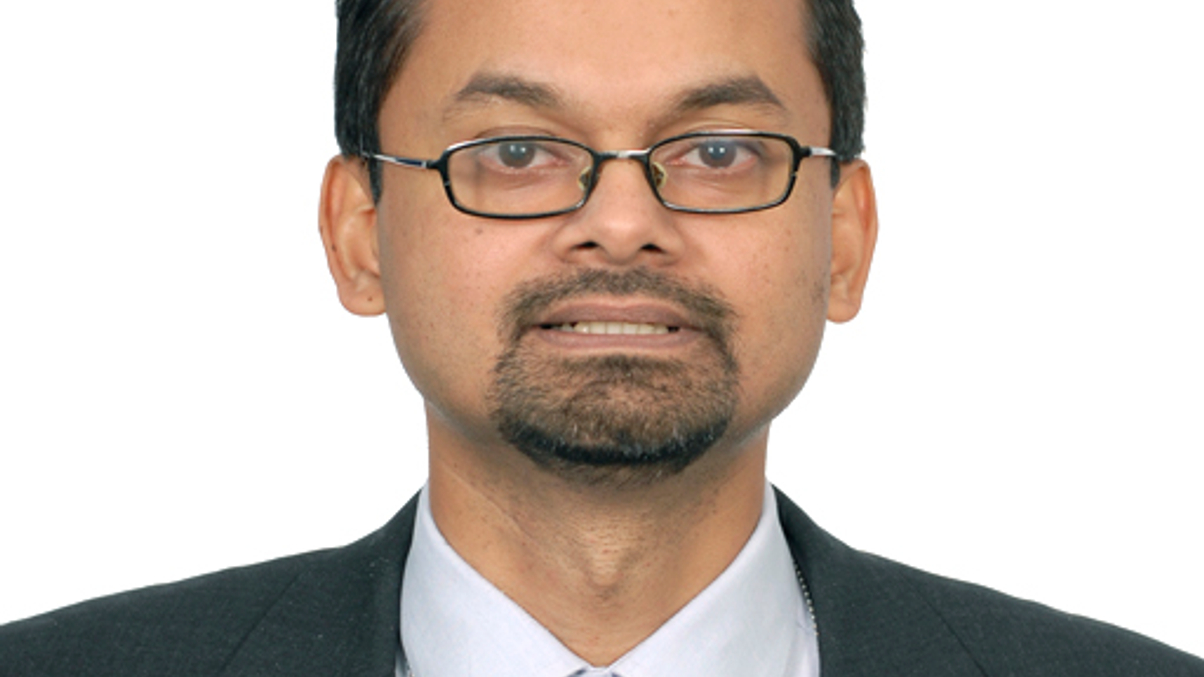Bangladesh reviewing Foreign Exchange Act
The central bank is looking to ease foreign investors’ access to one of Asia’s most durable, but unknown, investment stories.

Bangladesh Bank, the country’s monetary authority, is reviewing its Foreign Exchange Act with an eye on liberalising how the country deals with foreign capital, says Hassan Zaman, chief economist.
Sign in to read on!
Registered users get 2 free articles in 30 days.
Subscribers have full unlimited access to AsianInvestor
Not signed up? New users get 2 free articles per month, plus a 7-day unlimited free trial.
¬ Haymarket Media Limited. All rights reserved.


